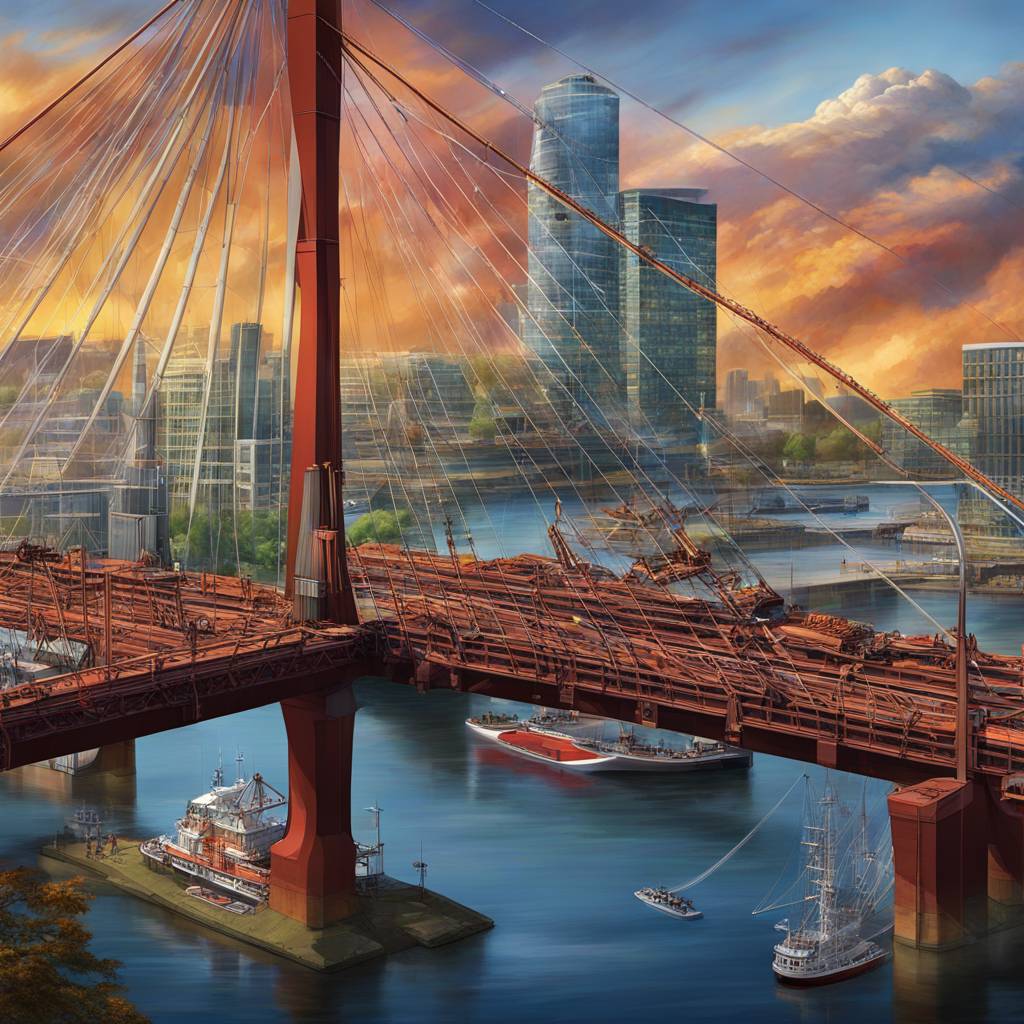The ship strike and subsequent collapse of Baltimore’s Francis Scott Key Bridge has raised concerns about the safety of two key bridges in Metro Vancouver – the Lions Gate and Ironworkers Memorial bridges. While there have never been any catastrophic collisions at these bridges, past engineering reviews have highlighted the vulnerability of their massive support piers to ship impacts. The provincial government is currently designing barriers specifically aimed at protecting the pier structures of these bridges, including a rock berm for the Lions Gate Bridge’s south tower and in-water bollards for the Ironworkers Bridge. However, the design work on these protective measures is expected to take about a year.
Environmentalists are particularly worried about the anticipated seven-fold increase in tanker traffic that will soon transit both bridges once the Trans Mountain pipeline expansion goes online, potentially as soon as May. This increase in traffic poses a significant risk of a vessel strike, especially given the concerns raised in a 2016 report by Concerned Professional Engineers about a potential bridge disaster involving a massive oil tanker and the Ironworkers Bridge. Despite these concerns, federal regulators appeared to have dismissed the possibility outright, leading to frustration among environmentalists who feel that the risk factors have not been adequately addressed.
The province maintains that the risk of a collision is minimal, citing the Vancouver Fraser Port Authority’s strict navigation policies, which include piloting requirements, traffic control zones, and mandatory escort tugs. This is in contrast to the situation in Baltimore, where escort tugs were not present and may have contributed to the tragic collapse of the bridge. In Vancouver, every large vessel passing through the Lions Gate Bridge is required to have an escort service, ensuring that even if they lose power, the tugs can drift the vessel in a different direction. However, environmentalists remain concerned about the increased risk associated with the anticipated rise in vessel traffic.
Despite the safety measures in place and the assurances from the province, environmentalists are still nervous about the potential risks posed by the increased vessel traffic. They fear that the first few months after the Trans Mountain pipeline expansion goes online could be particularly dangerous. The 2016 report highlighting the potential risks of a bridge disaster involving a massive oil tanker and the Ironworkers Bridge serves as a stark reminder of the catastrophic consequences that could result from a collision. As such, it is crucial for all stakeholders to work together to address these risks and ensure the safety of the bridges and the surrounding environment.


